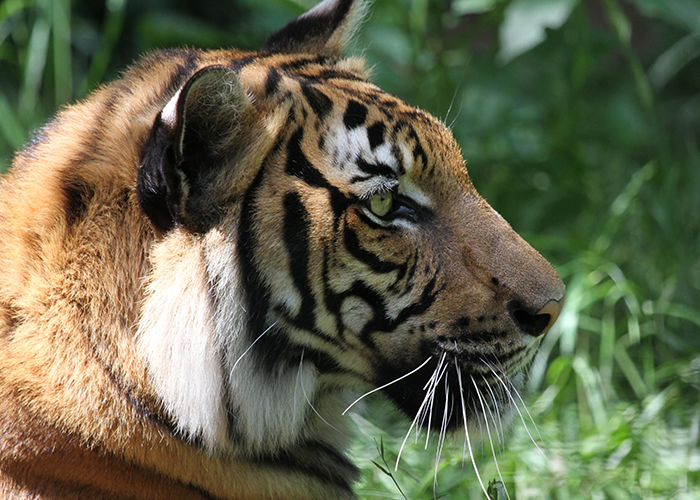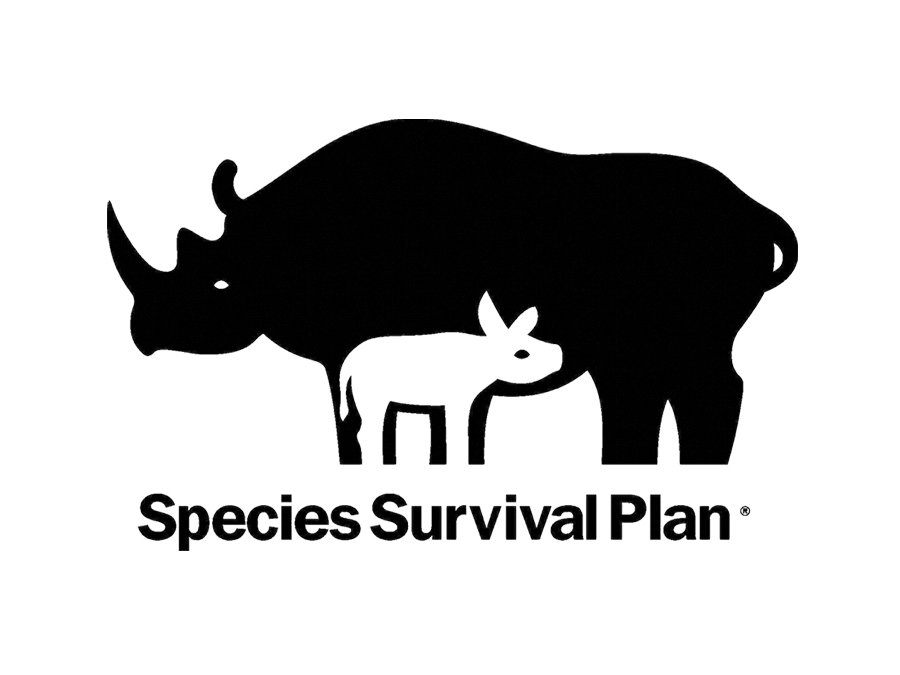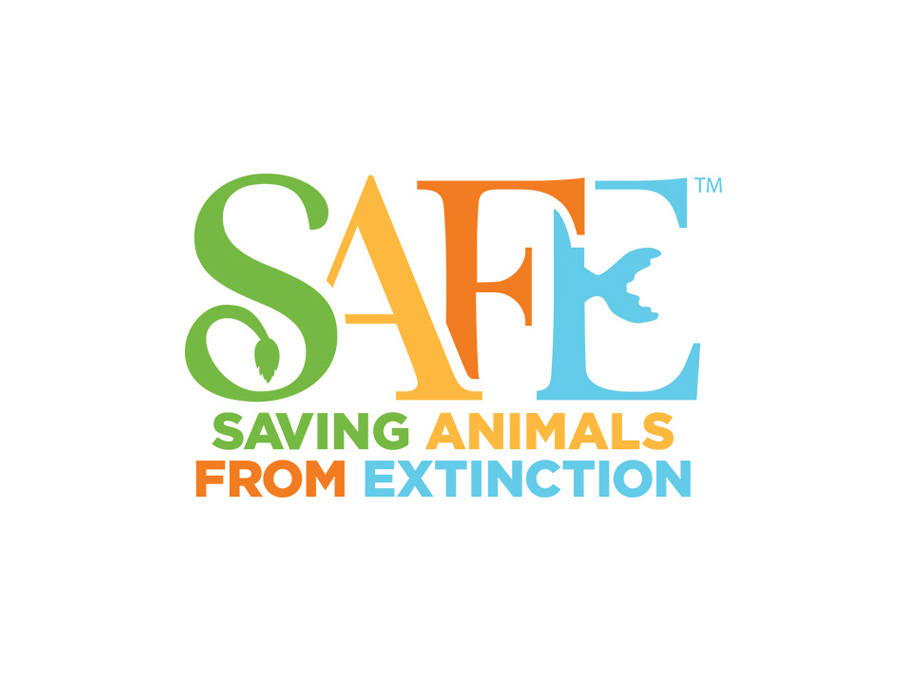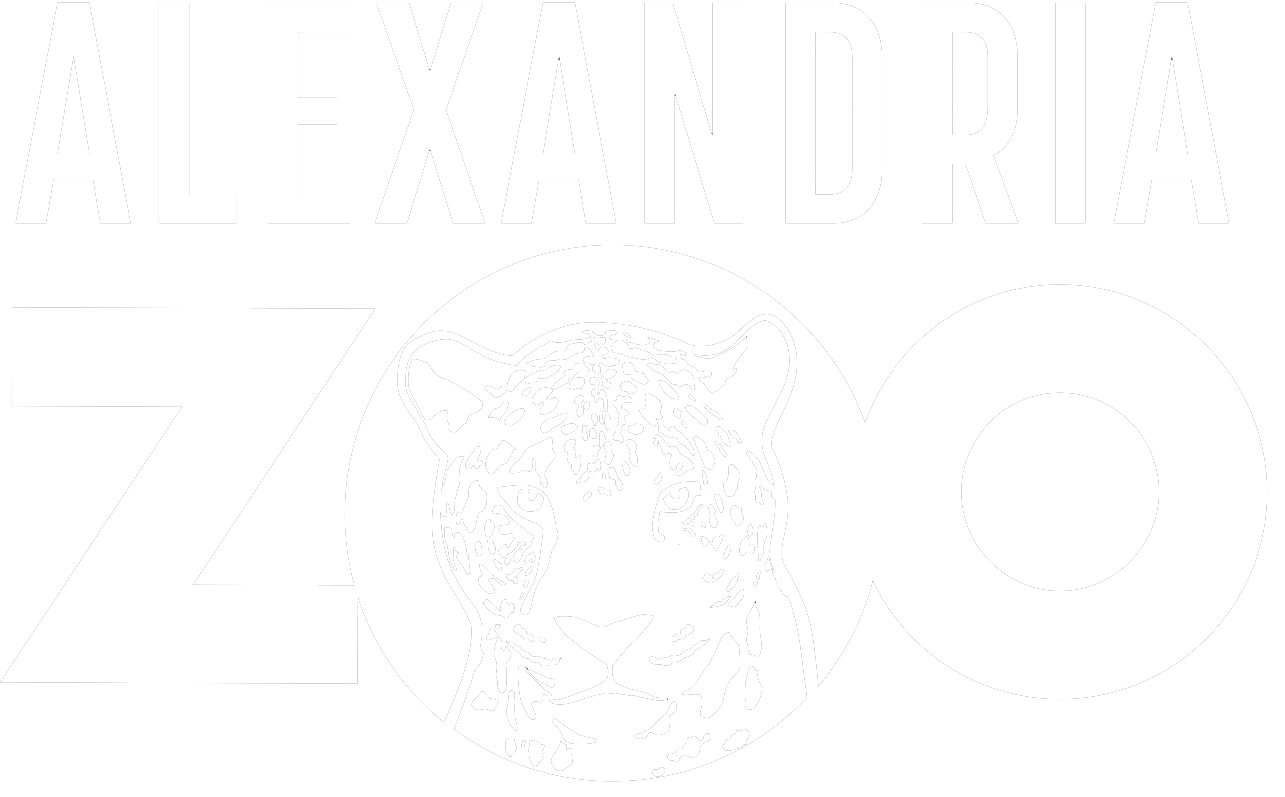Endangered Species
Because of their commitment to endangered species, zoos and aquariums accredited by the Association of Zoos and Aquariums are the last refuge many animals have against extinction.
Collectively, zoos and aquariums are the largest conservation education organization in the world.



